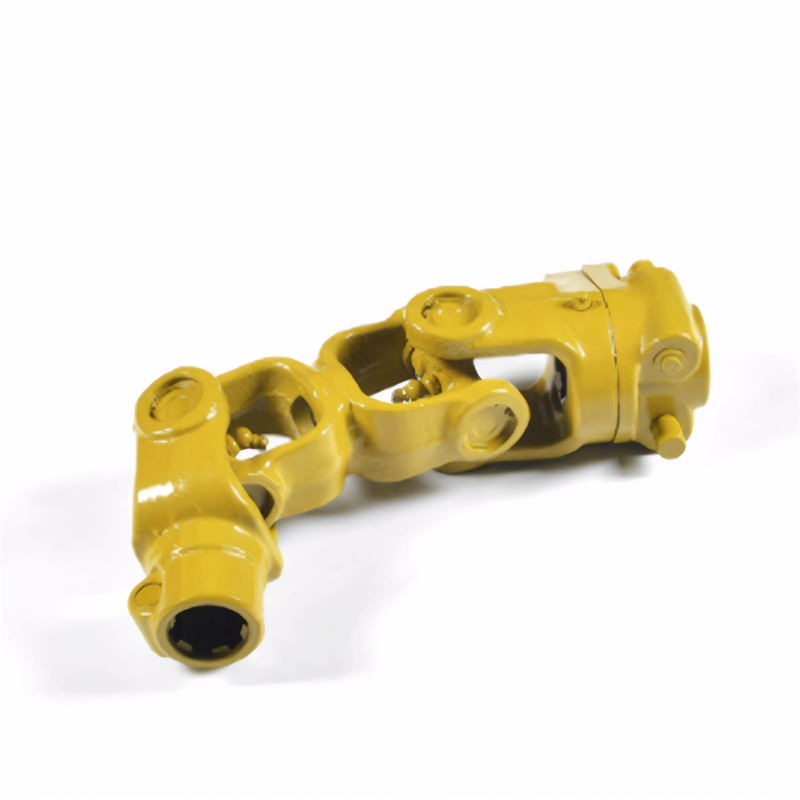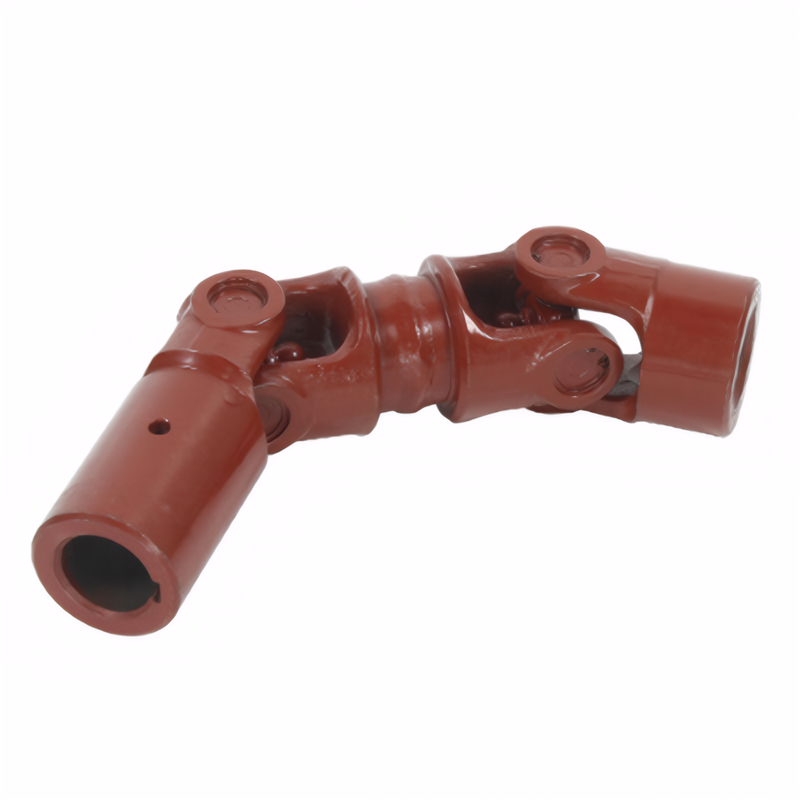The tightening sequence of the drive shaft bolts
Proper Torque Sequence for Transmission Shaft Bolts: A Detailed Guide
Understanding the Significance of Correct Bolt Tightening Sequence
The transmission shaft is a vital component in a vehicle's drivetrain, responsible for transferring power from the engine to the wheels. Transmission shaft bolts play a crucial role in holding the various parts of the shaft, such as the flanges and yokes, securely together. Using the correct tightening sequence for these bolts is of utmost importance for several reasons.
An improper tightening sequence can lead to uneven distribution of stress across the bolts and the connected components. This uneven stress can cause some bolts to be over-tightened while others remain under-tightened. Over-tightened bolts are at risk of stretching or breaking, which can compromise the integrity of the connection. On the other hand, under-tightened bolts may allow the components to move relative to each other, leading to excessive wear, vibration, and potential failure of the transmission shaft.
Moreover, a correct tightening sequence helps to ensure that the mating surfaces of the components are properly seated against each other. This creates a tight and uniform seal, preventing the ingress of dirt, moisture, and other contaminants that could damage the internal parts of the transmission shaft. It also helps to maintain the alignment of the shaft, which is essential for smooth power transmission and reduced vibration.
General Principles for Transmission Shaft Bolt Tightening Sequence
Start from the Center and Move Outward
One of the fundamental principles in determining the tightening sequence for transmission shaft bolts is to start from the center of the bolt pattern and gradually move outward. This approach helps to distribute the clamping force evenly across the entire mating surface. By starting at the center, the initial bolts create a stable base for the subsequent bolts to be tightened against. As you move outward, each bolt contributes to further securing the components and ensuring that the stress is evenly spread.
For example, if the transmission shaft flange has a circular pattern of bolts, begin by tightening the bolts located at the center of the circle or as close to the center as possible. Then, proceed to tighten the bolts in a clockwise or counter-clockwise direction, moving in a spiral pattern towards the outer edge of the bolt circle.
Alternate Tightening for Even Stress Distribution
In addition to starting from the center and moving outward, it is also beneficial to alternate the tightening of the bolts. This means that after tightening one bolt, you should skip the adjacent bolt and tighten the next one in the sequence, and then go back and tighten the skipped bolt. This alternating pattern helps to prevent the buildup of stress in one particular area and ensures that the clamping force is applied uniformly across all the bolts.
For instance, if you are tightening a set of six bolts arranged in a circular pattern, start by tightening bolt number 1. Then, skip bolt number 2 and tighten bolt number 3. Next, go back and tighten bolt number 2, followed by skipping bolt number 4 and tightening bolt number 5, and so on. This alternating tightening sequence continues until all the bolts are properly tightened.
Follow Multiple Passes for Optimal Results
To achieve the best possible clamping force and stress distribution, it is recommended to perform multiple passes when tightening the transmission shaft bolts. In the first pass, tighten all the bolts to a relatively low torque value, typically around 50 - 70% of the final specified torque. This initial pass helps to seat the components together and ensure that they are in proper contact with each other.
After the first pass, make a second pass and tighten the bolts to a higher torque value, usually around 80 - 90% of the final torque. This second pass further increases the clamping force and starts to bring the bolts closer to their final desired tension. Finally, perform a third and final pass, tightening the bolts to the full specified torque value. This multi-pass approach allows for a more controlled and even distribution of stress, reducing the risk of over-tightening or under-tightening individual bolts.
Specific Considerations for Different Transmission Shaft Configurations
Single-Piece Transmission Shafts
For single-piece transmission shafts, the bolt tightening sequence is relatively straightforward. The bolts are typically used to connect the shaft to the transmission output flange and the differential input flange. In this case, start by identifying the center bolts on each flange, if applicable. Follow the principle of starting from the center and moving outward, alternating the tightening of the bolts as you go.
If the flanges have an odd number of bolts, the center bolt will be the starting point, and then you can proceed to tighten the remaining bolts in an alternating pattern around the flange. Make sure to perform multiple passes as described above to ensure proper clamping force and stress distribution.
Multi-Piece Transmission Shafts
Multi-piece transmission shafts, which consist of two or more sections connected by universal joints or slip joints, require a more careful approach to bolt tightening. When connecting the sections of the shaft, it is important to ensure that the alignment of the shaft is maintained during the tightening process.
Start by aligning the sections of the shaft and loosely installing all the bolts. Then, follow the general principles of starting from the center and moving outward, alternating the tightening of the bolts. However, in the case of multi-piece shafts, it may be necessary to tighten the bolts in a specific order that takes into account the structural integrity of the joints and the overall alignment of the shaft.
For example, when connecting two sections of a shaft with a universal joint, you may need to tighten the bolts on one side of the joint first, followed by the bolts on the other side. This helps to ensure that the joint is properly seated and that the shaft remains in alignment. Again, perform multiple passes to achieve the desired torque and stress distribution.
Importance of Using a Torque Wrench and Following Specifications
To ensure that the transmission shaft bolts are tightened to the correct torque, it is essential to use a calibrated torque wrench. A torque wrench allows you to apply a precise amount of force to the bolts, ensuring that they are neither over-tightened nor under-tightened.
Each vehicle manufacturer provides specific torque specifications for the transmission shaft bolts. These specifications are based on extensive testing and engineering analysis and are designed to ensure the optimal performance and reliability of the drivetrain. It is crucial to refer to the vehicle's service manual or technical documentation to obtain the correct torque values for the bolts on your particular vehicle.
When using a torque wrench, make sure to set it to the specified torque value before tightening each bolt. Apply the force smoothly and steadily, and avoid sudden jerks or over-tightening. After tightening each bolt, double-check the torque value to ensure accuracy. By following the manufacturer's torque specifications and using a torque wrench correctly, you can help to prevent premature failure of the transmission shaft and ensure the safe and reliable operation of your vehicle.
 Accuracy requirements for the
Accuracy requirements for the
 Selection of universal joint t
Selection of universal joint t
 Standard for coaxiality error
Standard for coaxiality error
 Requirements for the surface r
Requirements for the surface r
 简体中文
简体中文 English
English
